English houses in the age of Shakespeare: How late-Tudor and Jacobean architecture shaped the way we live
John Goodall looks at the architecture of late-Tudor and Jacobean homes in the period 1560-1630, taking a look at Engoish homes through the eyes of Shakespeare.

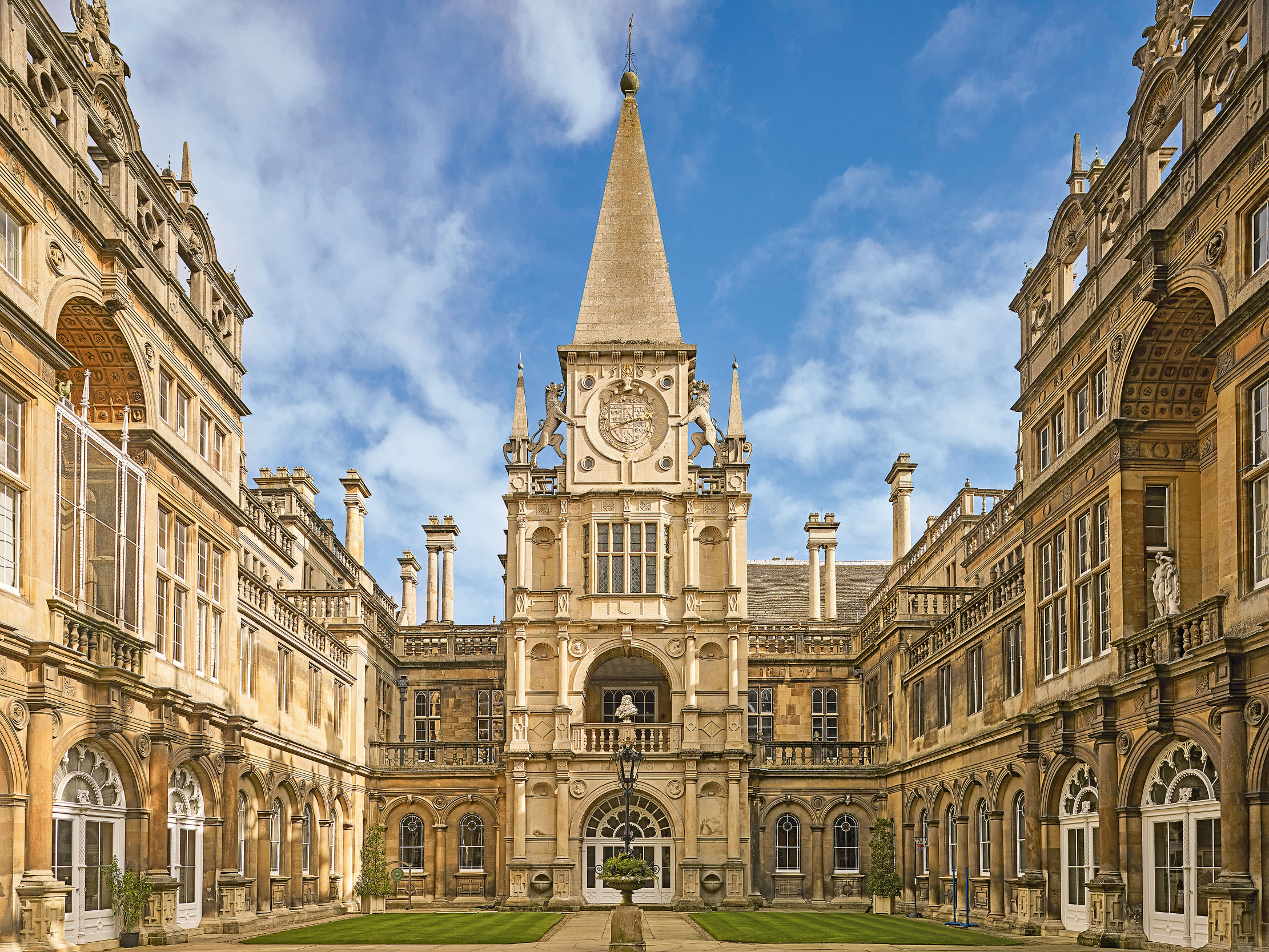
On February 2, 1602, John Manningham, a law student at Middle Temple in London, noted in his diary that ‘at our feast we had a play called Twelve Night, or what you will’. This little nugget of information offers very rare evidence for locating and dating the performance of a play by William Shakespeare. It undoubtedly took place in the splendid surviving great hall of the Inn of Court, almost certainly after dark. Contrary to what is sometimes asserted, halls remained important interiors both in great Elizabethan houses and institutional buildings. That at Middle Temple had been completed in 1570 and conformed in all essential details to late-medieval precedent, with a vast open timber roof, central fireplace, elevated windows and both ‘high’ and ‘low’ ends.
Shakespeare’s plays are only the most celebrated elements of the massive output of the Elizabethan and Jacobean theatre. As did all playwrights of the period, Shakespeare set his plays in many and diverse contexts, but with constant reference to the manners and domestic life of the world he knew. Allowing for dramatic needs, his fictional portrayals of noble life, therefore, help illuminate the reality. So, too, incidentally, did the purpose-built theatre, later called the Globe, which Shakespeare helped reconstruct in Southwark in 1598.
This ‘wooden O’ was constructed in imitation of a Roman theatre, but, like a cinema vestibule of the 1920s, the interior conveyed the audience into a fantastical palace painted in resemblance of coloured marble, the material reserved for the most opulent furnishings and interiors of the period (Fig 5). In both details, the theatre aped the example of classical antiquity, which — real and imagined — was the lodestone of English culture.
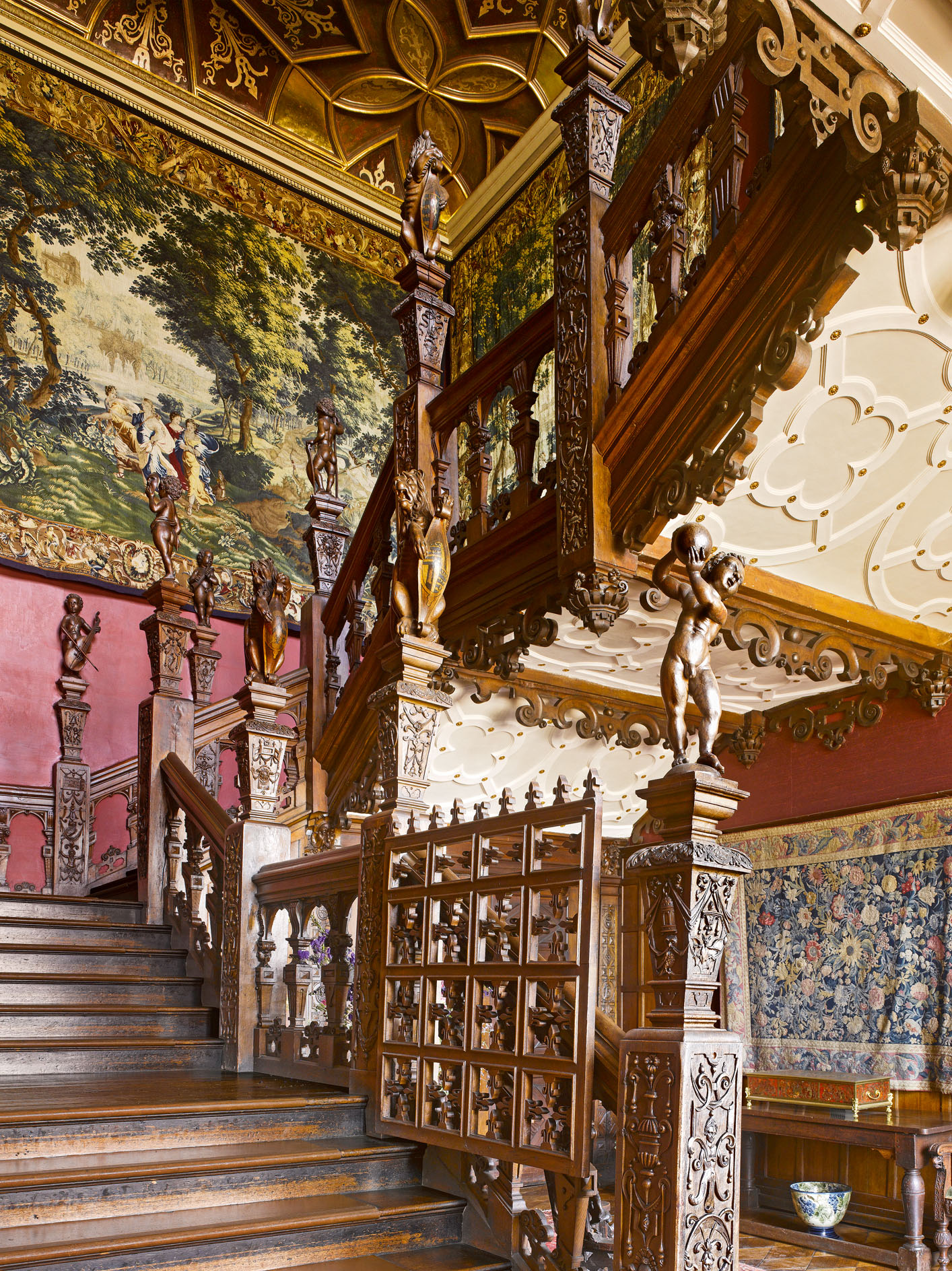
Twelfth Night was probably performed at Middle Temple against the backdrop of the ornate screen that concealed the service doors and entrance from the body of the hall interior. The screen and the internal corridor — or screen’s passage — it created were wholly conventional in form (Fig 6). Actors would have used the two doors that opened through the screen for their entrances and exits. There were no sets and the actors’ clothing — as in real noble life — was central to the spectacle. From the late 15th century, it had become common for hall screens to support an elevated gallery overlooking a room and one such exists at Middle Temple. This was probably used during the feast by musicians (Fig 4). The form of screen’s passages in halls of the time presumably explain the near identical design of the stage or tiring house of purpose-built theatres such as the Globe.
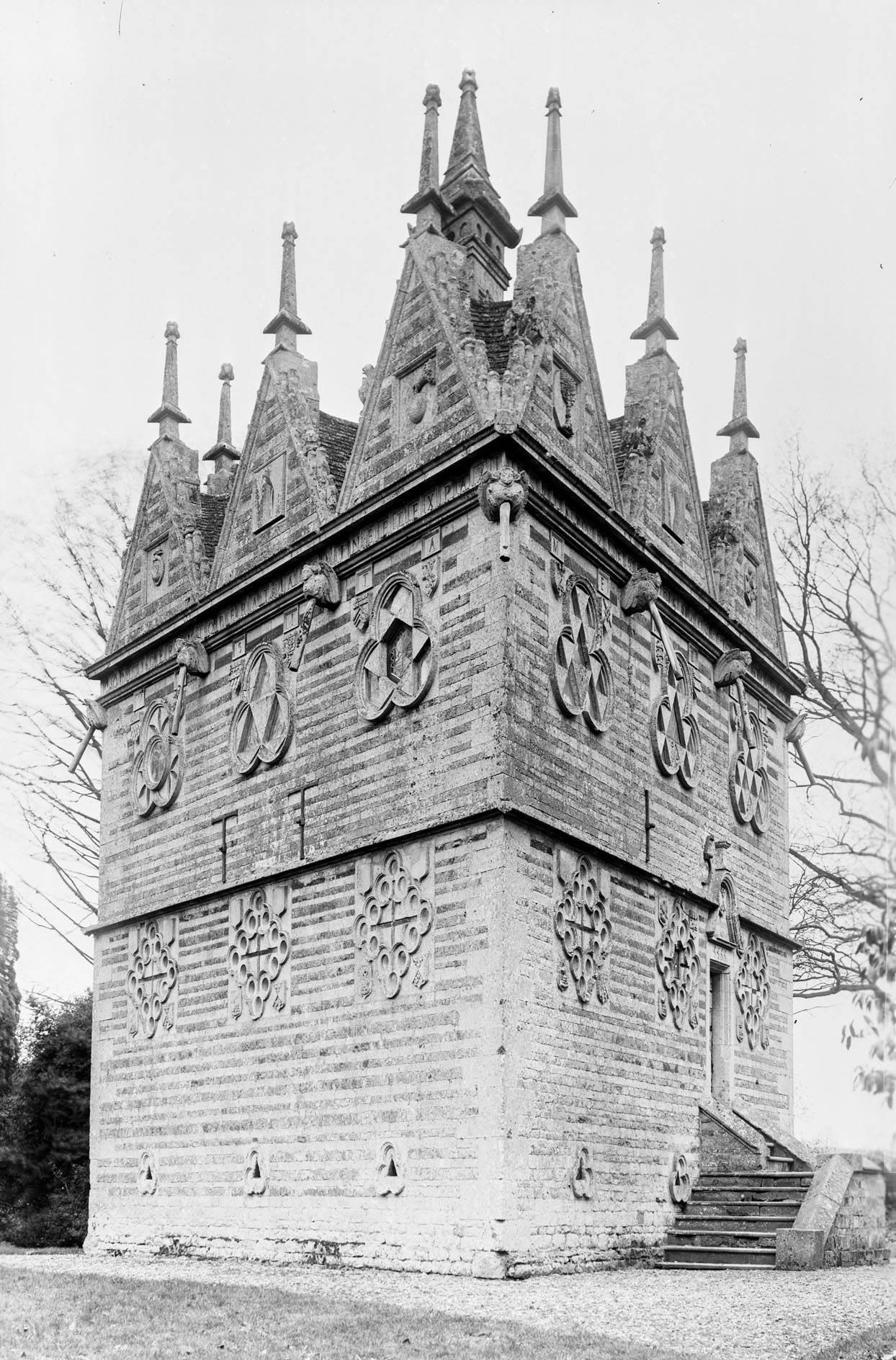
In his diary, Manningham goes on to comment on the play. It was ‘much like the Comedy of Errors, or Menaechmi in Plautus, but most like and near to that in Italian called Inganni’. These parallels offer a fascinating insight into the cultural world he inhabited. The plot of the first play he mentions, also by Shakespeare, draws directly on the second, by a Roman playwright, and the third clearly refers to a 16th-century Italian comedy Gl’Ingannati or The Deceived. Manningham’s misspelling of the title might imply that he knew the last play from one of the English retellings that were published from the 1570s. Implicit in the connection is a close familiarity with classical and Italian literature and, by extension, with the burgeoning international business of book publishing.
In the world of architecture, the publications of treatises brought about the rapid exchange of ideas and helped turn what had previously been a profession into a polite branch of learning. The first English book on architecture, published by John Shute, ‘painter and architect’, appeared in 1563, but earlier treatises, particularly from France and Italy, were intensively quarried for ideas by English builders and their patrons. The very word ‘architect’, which came into English currency at this time to describe a designer of buildings, was an Italian and Classical affectation. No less important in the exchange of ideas were prints and engravings, which were used as visual sources for the decoration of domestic interiors. English buildings could consequently respond directly to Continental ones, as, for example, the development of Burghley does to contemporary building projects in both France and Rome (Fig 1).

The action of Twelfth Night is set in Illyria and the play opens with the Duke Orsino pining for love of Olivia, a wealthy woman indifferent to his love and recently bereaved of her brother. There are musicians in attendance on the Duke, but, as menial servants, they don’t speak. Professional musicians occupied an important, but ambiguous social position. It’s a predicament beautifully captured in the frank autobiography of one such, Thomas Whythorne (d. 1596), who was born into a poor gentry family and became a songwriter, music teacher and secretary. His own unhappy pursuit of a wealthy widow, with song-writing and symbolically chosen clothes and emblems, reads like a thread of the plot of Twelfth Night.
Exquisite houses, the beauty of Nature, and how to get the most from your life, straight to your inbox.
Throughout the play, both the Duke and Olivia are represented as passing their time with companions who are — or outwardly appear to be — of their own sex. It’s a social structure borrowed directly from contemporary noble life. These figures share a common status of gentle birth, although they are not of equal fortune. It is one illustration of the relative dignity of these companions, for example, that there is a scene in which Olivia conceals her identity by appearing in a veil beside her ‘chambermaid’, Maria. Although one is a lady and the other her servant, there is nevertheless implicit here the idea that they can be confused in dress and speech. We later discover that Maria can write like her mistress as well. The Duke’s male and Olivia’s female circles communicate directly with each other in the play as equals. Several threads of the plot, however, hinge on the interaction of Olivia with her wider household, which — as was common with powerful women — is exclusively male.
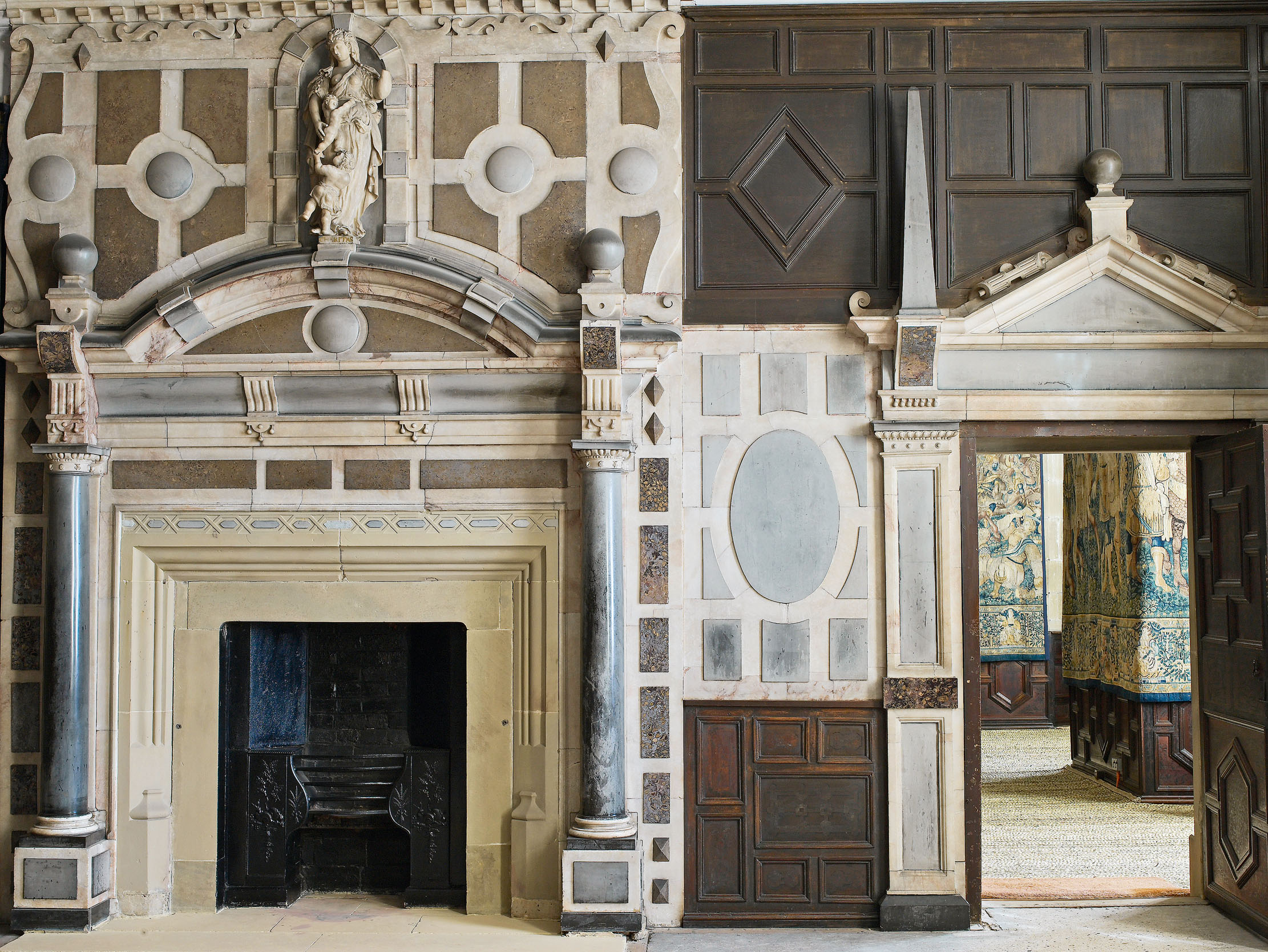
This includes a kinsman and freeloader, Sir Toby Belch, by his name a coarse troublemaker, but a gentleman, and Feste the jester or fool, who willingly joins in any mischief that is proposed. The office of the fool has a long history in English noble life, demonstrably stretching back to the Domesday survey of the 1080s (which refers to a female jester, Adelina). Within a household’s regimented structure, these figures were intended to challenge and mock the social order (Fig 8). It’s hard to know how the register of humour changed over time, but Feste, with his witty wordplay, is in a very different world from the memorably named ‘Roland the farter’, who was rewarded for leaping, whistling and farting before Henry II each Christmas. The contrast is highly significant: the Elizabethans delighted in complex forms, puns and conceits in words as in architecture. They were enjoyed as things from which the viewer had to tease or wring out meaning (Fig 3).
Sir Toby and Feste, in alliance with Maria, quarrel with the chief officer of Olivia’s household, the steward Malvolio (the dialogue reveals that he wears a chain of office, a mark of service). Sir Toby resents being censured by a servant, Maria thinks him a foolish hypocrite and Feste bridles at Malvolio’s contempt and harsh treatment. As punishment, they, in Manningham’s words, make him ‘believe his lady widow [Olivia] was in love with him, by counterfeiting a letter… telling him what she liked best in him, and prescribing his gesture in smiling, his apparel etc’.
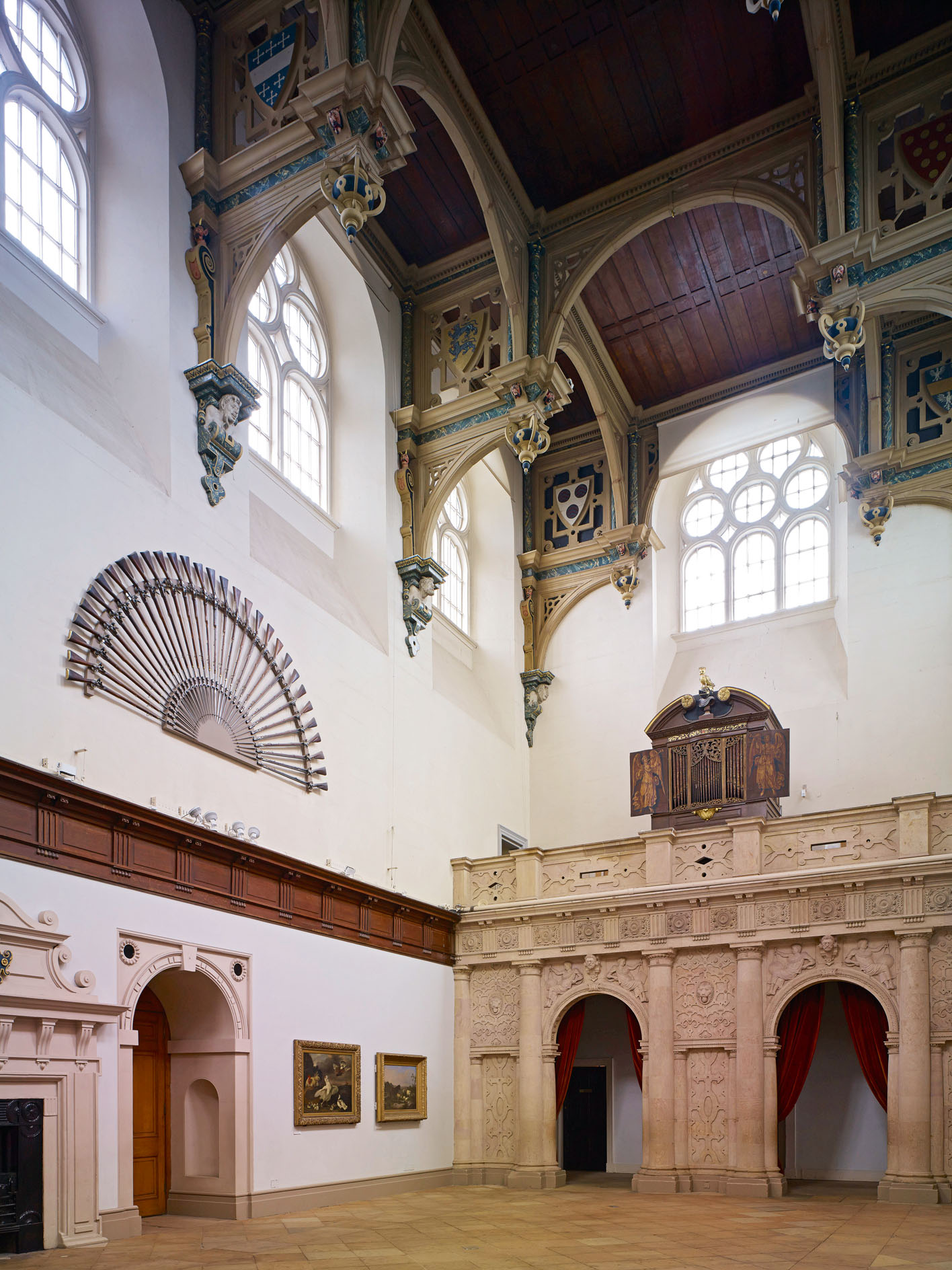
When Malvolio is first deceived by the forged letter, he vainly pictures his transformed situation as the husband of Olivia. He imagines himself in the trappings of noble estate, seated on a throne, richly dressed, possessed of valuable curiosities, with a formally ordered household to command and correct protocols observed: ‘Having been three months married to her’ he muses ‘sitting in my state calling my officers about me, in my branched velvet gown; having come from a day-bed, where I have left Olivia sleeping…[I] ask for my kinsman Toby. Seven of my people, with an obedient start, make out for him: I frown the while; and perchance wind up my watch, or play with my — some rich jewel. Toby approaches; courtesies there to me. I extend my hand to him thus, quenching my familiar smile with an austere regard of control, saying, “Cousin Toby, my fortunes having cast me on your niece give me this prerogative of speech. You must amend your drunkenness”.’

Malvolio’s dreams turn into a nightmare, however, when he performs the ridiculous instructions in the forged letter, is condemned as mad and locked in a windowless dungeon. There he is tormented by Feste, who mockingly describes his pitch-black prison with reference to the grandest architecture of the period with: ‘bay windows transparent as barricadoes, and the clerestories toward the south-north are as lustrous as ebony’ (Fig 7). Modern productions often show sympathy for Malvolio, but Manningham’s description of the play suggests that he found in this sub-plot the hilarious heart of the play. Nor was he alone in this judgement. In his own copy of Shakespeare, Charles I annotated the title of the play with ‘Malvolio’. The idea of crossing social divisions struck an early 17th-century audience seeking amusement as ludicrous.
Twelfth Night was effectively a household entertainment, appropriate for a hall. Hamlet incorporates such a play as part of the action, but another Shakespeare play, A Midsummer Night’s Dream, famously represents a private performance in the house of a nobleman, the Duke of Athens, acted with comic ineptitude by a group of rustics. During their rehearsal, there is discussion about how they will get the essential props of moonlight and a wall into the Duke’s ‘great chamber’, the most splendid and richly adorned interior of a Tudor or Stuart residence (Fig 9). By long convention, the great chamber of an English house stood just beyond the hall at first-floor level. To dignify the approach to this space, it became common from the late 16th century to treat the connecting stair as a spectacular architectural showpiece (Fig 2). The rustics are so ignorant that they think they will need to open a casement in the window to let in the moonlight.
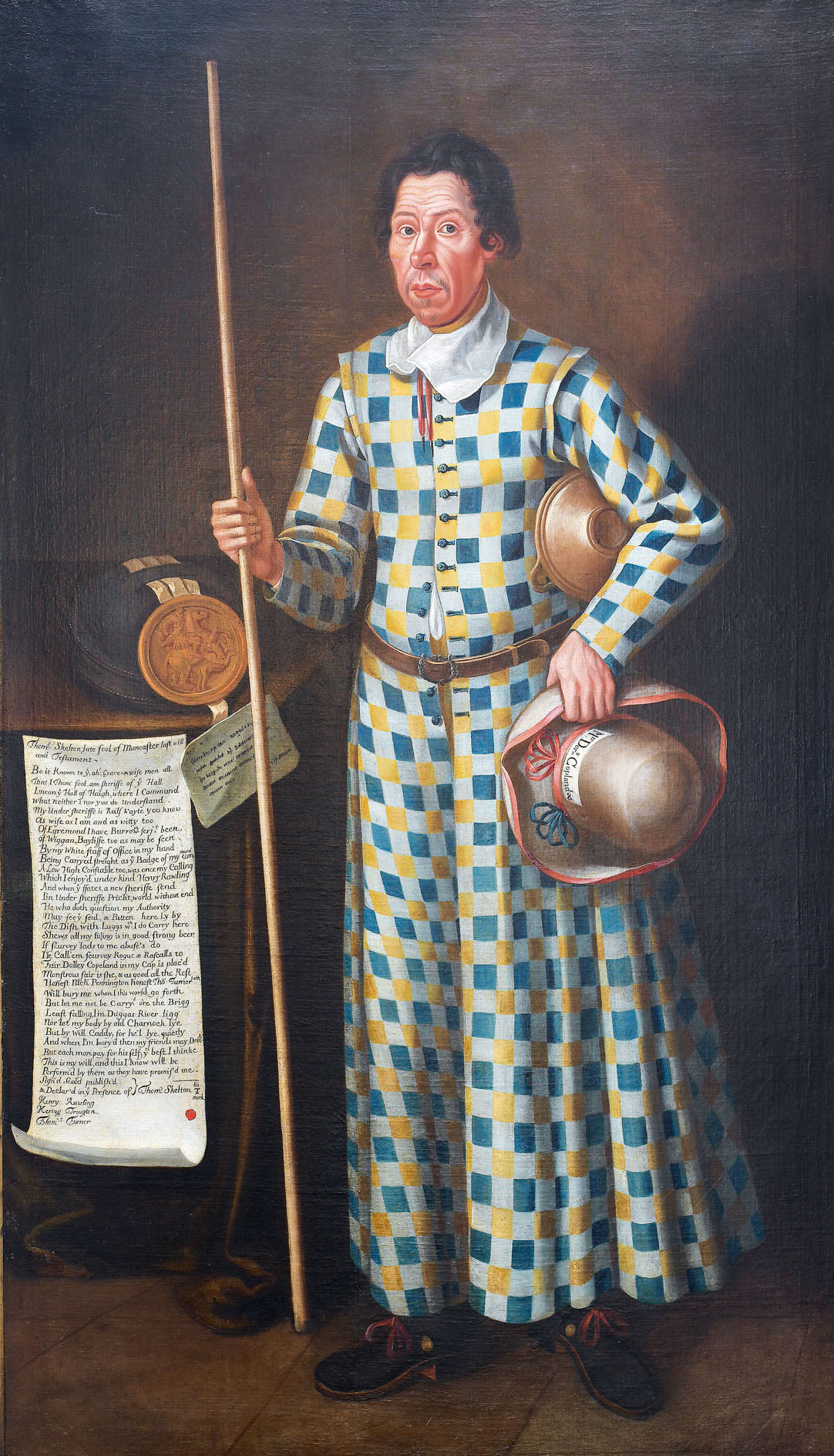
The play is performed in the evening. Having eaten, the Duke asks ‘what masques, what dances shall we have to wear away this long age of three hours between our after-supper and bedtime?’ and is variously offered a song, a bacchanal and a satire, but settles on the ‘tedious brief scene of young Pyramus and his love Thisbe; very tragical mirth’. It is no coincidence that Shakespeare has the Duke choose his evening entertainment in this way. It must be emphasised that private and public entertainments materially shaped grand domestic architecture in the late Tudor and Stuart period. Elizabeth I relied on her courtiers and nobility to provide her with staging posts on progress and, to a striking degree, great houses began to assume the character of backdrops for ruinously expensive entertainments, as well as apartments designed specifically for royal use. Where the Queen led, the nobility followed privately.
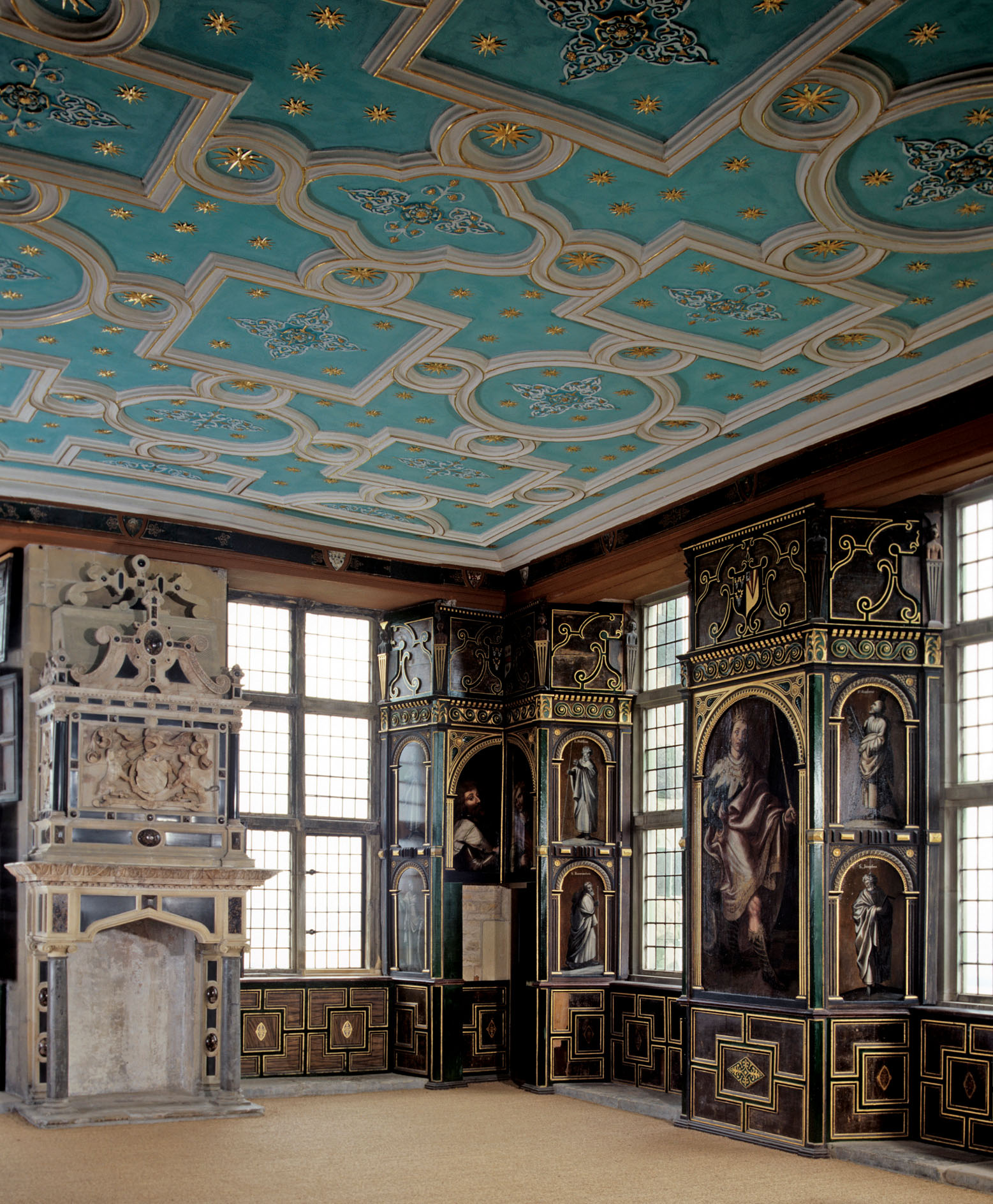
Before Elizabeth I’s celebrated 19-day stay at Kenilworth, Warwickshire, in 1575, for example, the princely medieval domestic spaces were enlarged yet further with a special lodging tower for the royal guest. Entertainments were planned for her every day, including staged greetings, plays, music, hunting, fireworks and much else besides. Embarrassingly, the Queen didn’t always pay attention to them: one day, she was so busy dancing that she failed to notice a mock battle, which had to be repeated. Here, reality echoes the scoffing reception of the rustics’ play in the great chamber of the Duke of Athens.
The taste for extravagant domestic entertainments would persist into the late 17th century, but, in the meantime, the aesthetics of the English house began to undergo a revolution — one which we'll look at in a future article.

Tudor house architecture: How England's great homes evolved in the 16th century
Country Life's architecture editor John Goodall looks at the architecture of the Tudor home.

The oldest house in Britain — and how we were able to tell it apart from the other contenders
There are many nominations for the oldest home in Britain — in this piece from the Country Life archive, John Goodall

John spent his childhood in Kenya, Germany, India and Yorkshire before joining Country Life in 2007, via the University of Durham. Known for his irrepressible love of castles and the Frozen soundtrack, and a laugh that lights up the lives of those around him, John also moonlights as a walking encyclopedia and is the author of several books.